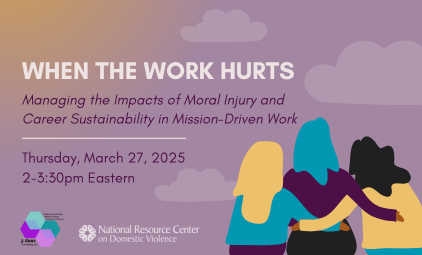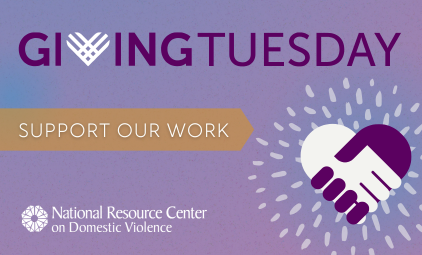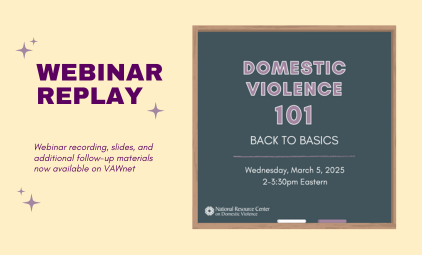The severe economic recession that began in December 2007 has renewed interest in the relationship between economic stress and domestic violence (DV). Although analyses of current financial statistics in relation to reported DV incidents have yet to be completed, a sizable body of research that examines various economic indicators provides a framework for understanding how economic stress may contribute to DV. At the same time, available research indicates that DV may also produce financial hardship for DV victims. This paper reviews the research on the reciprocal economic stress—DV relationship, focusing in particular on employment issues; social support networks; physical and mental health problems; and social services, including Temporary Assistance to Needy Families (TANF).
Studies that have examined DV across social classes show a strong inverse relationship between financial status and a woman's risk of DV victimization: as social class increases, the likelihood of domestic violence decreases. This does not mean that middle-class and wealthier women are immune from DV, and the observed relationship may be due in part to the ability of middle-class and more affluent women to keep DV victimization hidden. Nevertheless, the consistency of the finding across studies using a variety of samples and methods indicates that the relationship is a significant one.
Employment is one of the most commonly used indicators of financial health and stability. Studies that examine women's employment in relation to DV victimization show that women who have experienced DV do not differ in their desire to work from women without a history of DV, although depending on the recency and severity of the DV as well as other factors (e.g., availability of child care), women who have experienced DV may have more employment problems (e.g., greater absenteeism) and greater difficulty maintaining work than women who are not DV survivors. Women who experience DV also report more physical and psychological health problems that, in turn, may affect employment.
Abusive partners may deliberately sabotage women's efforts to find and sustain work. There are contradictory findings regarding whether employment has protective effects for women or whether it precipitates or aggravates DV. Studies suggest that it is important to examine partners' relative employment status, rather than simply the employment status of the female partner, as well as norms of male dominance, in order to understand the complex relationship between employment and DV. More nuanced research on this topic is needed.
Studies also show that social support networks may influence DV perpetration and victimization. Women DV survivors typically turn to family and friends for emotional and tangible support, such as temporary housing. The current economic recession may limit the ability of concerned family members and friends to assist DV survivors, resulting in increased strain on battered women's and homeless shelters and the potential for more DV survivors and their children to experience homelessness.
As the economic recession has worsened and unemployment has risen, other social services, including TANF, have seen increasing demand. The Personal Responsibility and Work Opportunity Reconciliation Act (PRWORA) allows states to waive or exempt DV survivors from TANF requirements through the Family Violence Option (FVO), but studies show that the majority of DV survivors applying for TANF benefits do not disclose DV for a variety of reasons. The paper concludes by discussing strategies that may simultaneously address the intersecting problems of financial distress and DV, including universal screening for DV, responses by employers, and collaboration among social service providers.
| Attachment | Size |
|---|---|
| Economic Stress and Domestic Violence | 576.19 KB |














